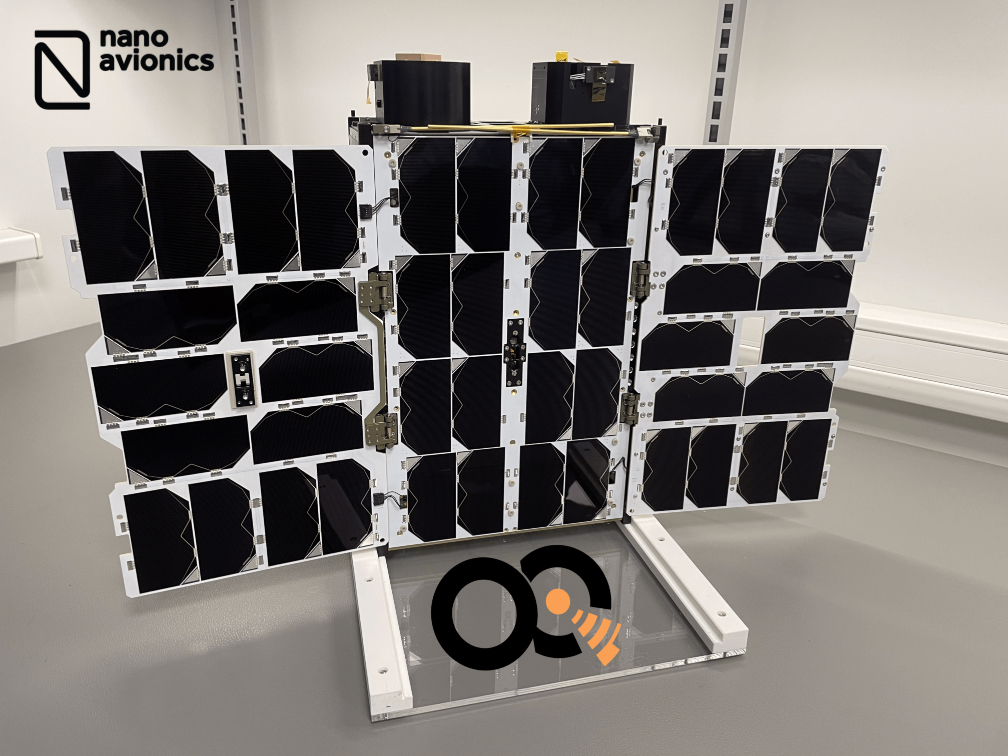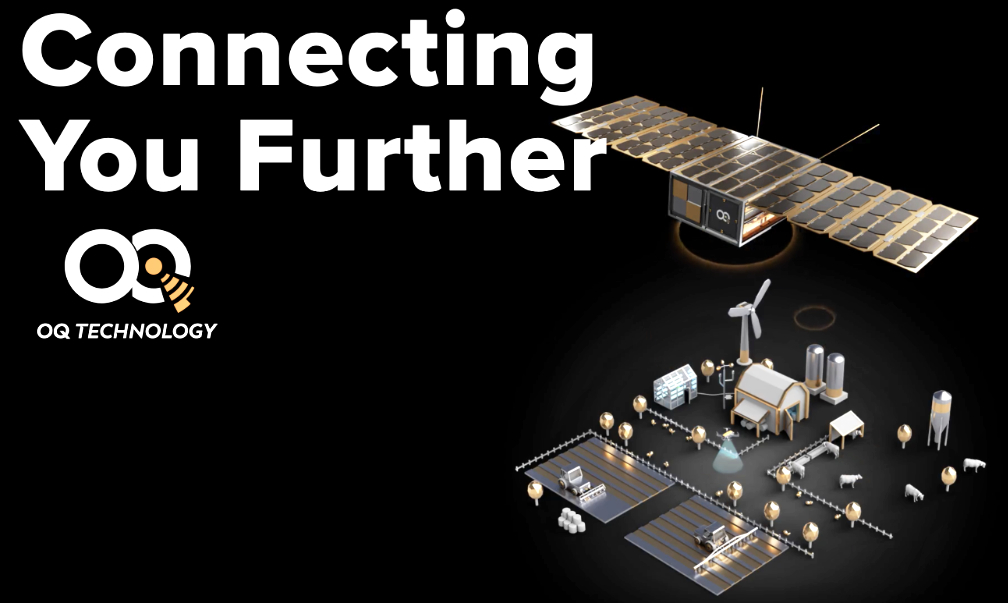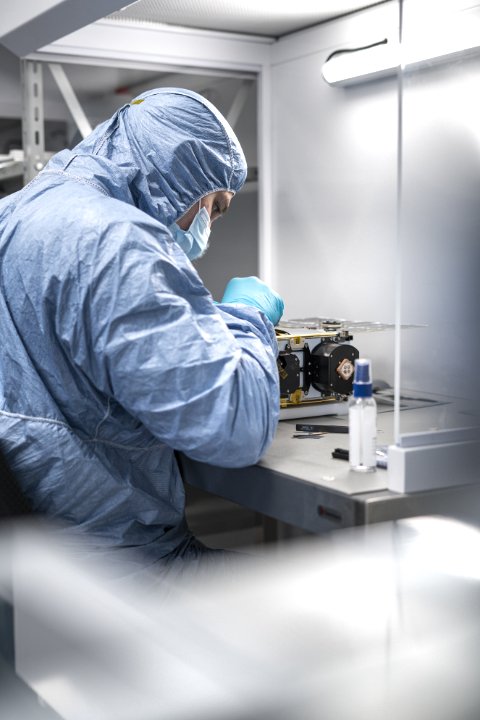
NanoAvionics has signed a contract with OQ Technology to build, integrate and operate a smallsat for the company’s 5G IoT mission named Tiger-2.

The 6U cubesat is the second mission for the Lithuanian smallsat bus manufacturer and mission integrator with OQ Technology and the latest addition to OQ Technology’s growing LEO constellation of nanosatellites. Their constellation intends to provide basic commercial IoT and M2M services, using 5G connectivity, to customers with a focus on Africa, Middle East, Asia and Latin America.
OQ Technology expects to generate revenue with this satellite, scheduled to be launched this year. To meet that deadline, the company will take advantage of NanoAvionics’ fast satellite build-time of a few months, a result of its automotive approach for speedy bus manufacturing. Following the launch, OQ Technology aims to quickly add another two missions to this constellation, followed by a batch of 6 satellites. Through the Tiger-2 mission the company also intends to secure strategic frequency licenses and partnerships in key countries.

As part of the Tiger-2 mission, NanoAvionics will integrate two payloads into the modular spacecraft. The primary payload will provide satellite-based IoT and M2M services using low frequencies. The secondary payload will demonstrate the feasibility of using high frequencies for 5G IoT radio links. To deliver widespread coverage and 5G IoT/M2M communication, in line with 3GPP recommendations, OQ Technology is using spectrum in the mid band 5G (Sub-6 GHz) frequency bands.
Tiger-2 is a continuation of the collaboration between NanoAvionics and OQ Technology, following MACSAT, the world’s first agile smallsat mission dedicated to 5G IoT in LEO, led by OQ Technology and supplied by NanoAvionics.
OQ Technology is the first 5G IoT operator, building a global hybrid system that combines both satellite and terrestrial wireless networks. It’ll enable expansion of the 4G and 5G IoT footprint globally, which plays a critical role in enabling mobility in vertical markets such as smart cars and drones, transport, logistics, and maritime. Moreover, it provides a unique value for low latency applications (which are critical for 5G) as the satellite are in low earth orbit and provide few milliseconds latency communication which traditional GEO satellites operators cannot do.
Their hybrid system will provide seamless connectivity using 5G standards, terrestrial 5G hardware and chips for a variety of IoT applications for environmental monitoring and agriculture, logistics, maritime, smart metering, mining and oil & gas, aviation, and defence. OQ Technology already holds patents in using narrowband cellular IoT over non-terrestrial networks and is licensing its satellite frequencies globally.
“Tiger-2 is an example of a NewSpace startup breaking barriers and racing with time to get to orbit within a few months, while using an agile approach to quickly deliver 5G connectivity,” said Omar Qaise, founder and CEO of OQ Technology. “Without partners like NanoAvionics, achieving such a target within a short time frame will not be possible. To grow our constellation and provide global coverage we plan to add more nanosatellites soon. What makes OQ Technology different is its combination of cellular and satellite technologies, providing coverage in poorly connected areas with a low-cost solution that can match existing but expensive M2M and VSAT satellite products. We do this by using both mobile 5G chips and a low-cost infrastructure of LEO nanosatellites. This allows us to bring the 5G revolution to countries where terrestrial infrastructure and expensive satellite costs have been a bottle neck, depriving many regions from catching up with the latest developments in the telecommunication industry. OQ Technology is here to change this soon and make digitalization available everywhere.”
Vytens J. Buzas, CEO NanoAvionics, said, “Our nano- and microsats are ideal for IoT and Earth observations with single, formation and constellation setups and our rapid integration accelerates the time to market applications for companies like OQ Technology. Over 90 percent of our customers already ask for full mission services including built, integration, launch brokerage and mission operations. One key element for the success of our mission operations is that we’ve significantly increased how frequently our nano- and microsatellites can send data back to Earth data through the global ground station networks of our partners.”
